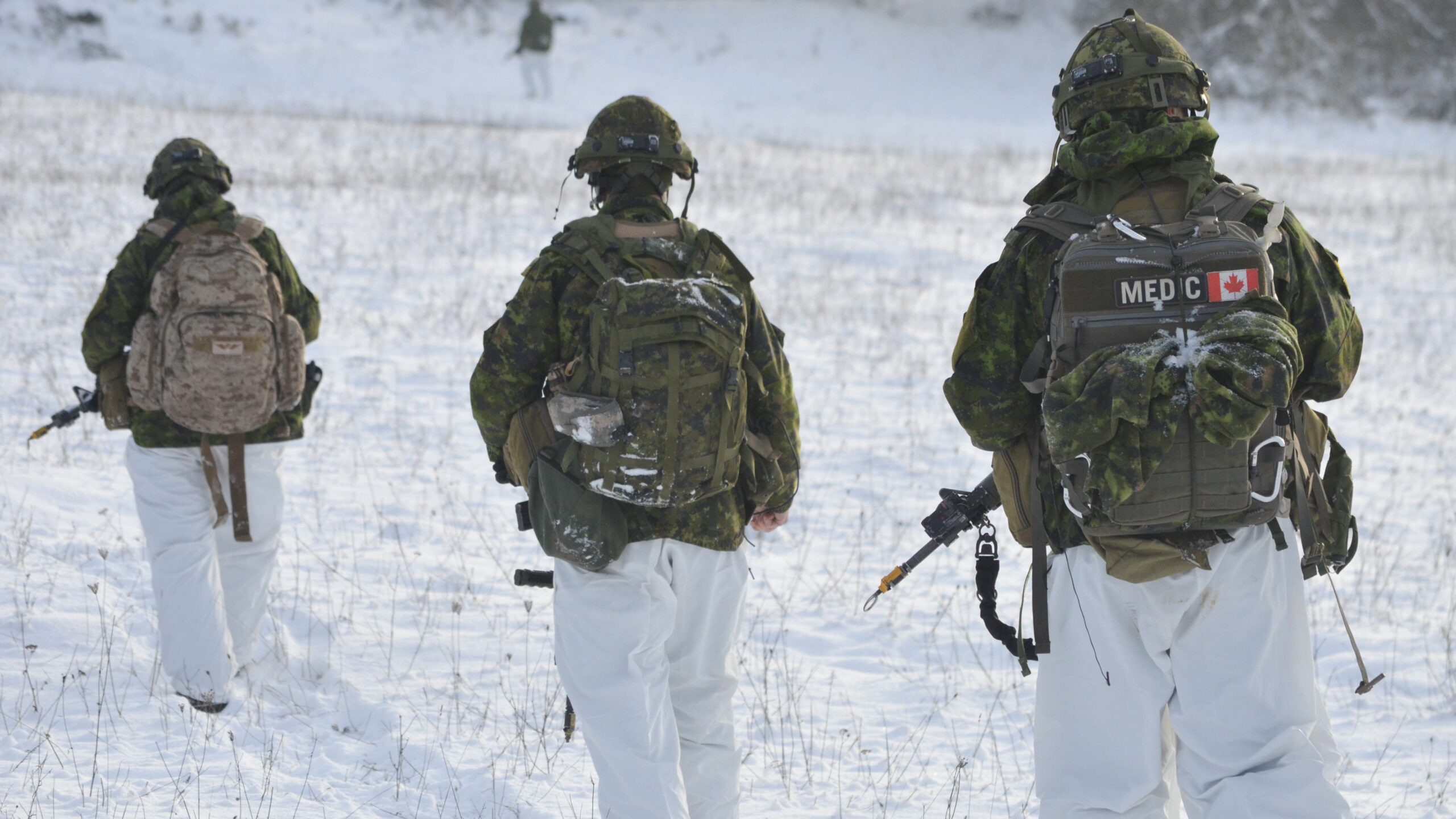Prime Minister Justin Trudeau and Minister of National Defence Bill Blair presented Canada’s new defence policy on April 9.
The policy, titled Our North, Strong and Free, details Canada’s commitment to increase defence spending to reach 1.76 per cent of GDP in 2029-30 and breaks down military expenditures in the face of foreign threats and climate change.
This is still short of Canada’s NATO commitment to spend two per cent of GDP on defence.
The defence plan acknowledges the “aerospace threats that can outpace our defences, as Russia and China are rapidly fielding advanced weapons specifically designed to threaten North America.”
Over the next five years, Canada will increase spending by $8.1 billion and $73 billion over the next 20 years on national defence under the plan.
Sean Maloney, a professor of Canadian military history at the Royal Military College of Canada, said this spending is too little too late.
“I’m kind of shrugging at this document. Okay, it’s nice. It should have come out maybe two years ago,” Maloney said.
According to the document, the North American Aerospace Defense Command (NORAD) “has been the cornerstone of North American defence since it was established in 1958.”
The policy prioritizes NORAD requirements, with Canada spending $6.9 billion in new technologies to modernize surveillance systems to detect threats earlier and $4.13 billion on upgrading command, control and communications systems.
Michel Drapeau, a law professor at the University of Ottawa and the former executive secretary of the National Defence Headquarters, said the military’s greatest concern must be addressed.
“Our biggest problem is recruiting, and we know we need to drill down and say, ‘why is it that we cannot recruit?'” Drapeau said. “At the end of the day, you can have all the equipment you want, ships and aircraft and tanks and so on, but you got to need people to run them.”
The policy document states the Department of National Defence will modernize its recruitment processes to rebuild the military by 2032.
Our North, Strong and Free details the naval threats Canada faces.
According to the document, Canada will “explore options for renewing and expanding our submarine fleet,” for the Royal Canadian Navy.
These submarines will take years to procure and build, and no money has been committed yet, the policy document says.
“Back in the 1980s, we pursued [the] possible acquisition of the killer nuclear submarines, SSNs and if we continued with that program, we would have them now,” Maloney said.
“If you’re gonna build subs, you’re gonna have to basically have a program that’s 100 years to do that and maintain to build it, ramp up, train, maintain, sustain,” he said. “And people can’t get their heads around that kind of time.”
Maloney said there is a lack of political will or understanding of how much time these projects require to come to fruition.
“One of the main problems that Canada has is it can’t see beyond the horizon of the election cycle. So, this document will essentially be meaningless if the Liberals are unseated in the next election and want to start all over again,” he said.
“This is the constant problem. There’s no long-term ability. It’s sort of, you lurch from crisis to crisis,” Maloney said.

